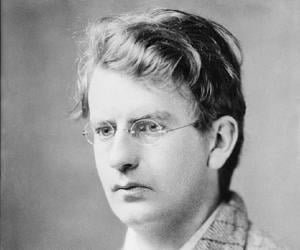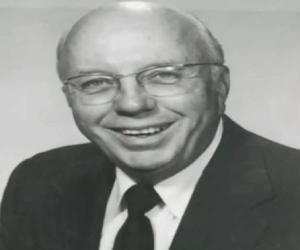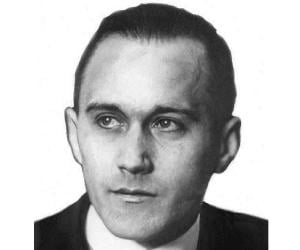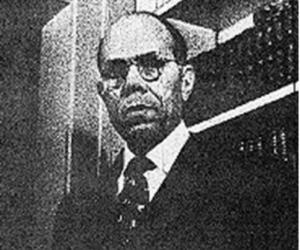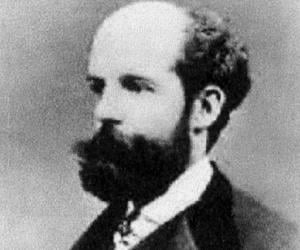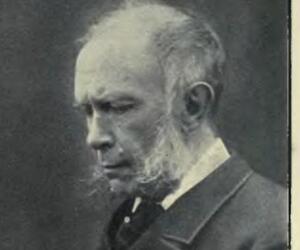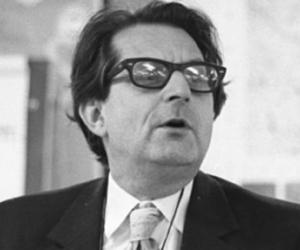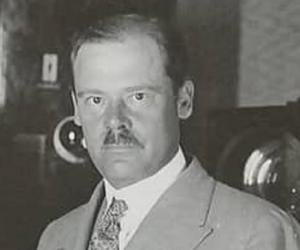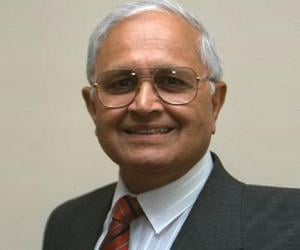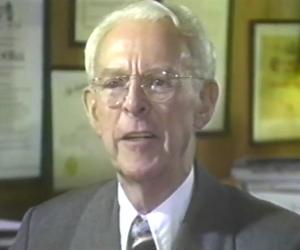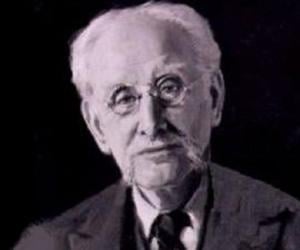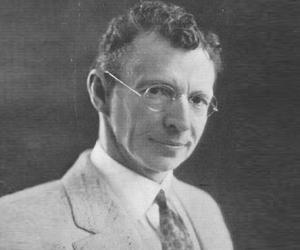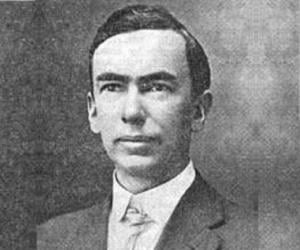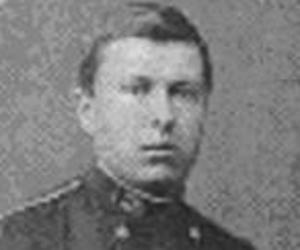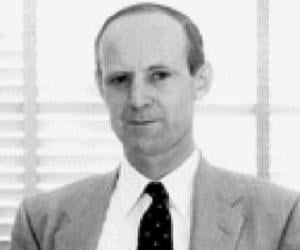Quick Facts
British Celebrities Born In August
Died At Age: 57
Family:
Spouse/Ex-: Margaret Albu
father: John Baird
children: Diana Baird, Malcom Baird
Born Country: Scotland
Electrical Engineers British Men
Died on: June 14, 1946
place of death: Bexhill-on-Sea
Founder/Co-Founder: Cintel
discoveries/inventions: Mechanical Television
More Facts
education: Larchfield Academy, University of Glasgow, Royal College of Science and Technology, Lomond School, University of Strathclyde
Childhood & Early Life
John Logie Baird was born on August 13, 1888 in Helensburgh, Scotland, as the fourth, and youngest child of the Reverend John Baird and Jessie Morrison Inglis.
He received his schooling from the Larchfield Academy in Helensburgh before going to the Glasgow and West of Scotland Technical College in 1906 to study electrical engineering. The First World War broke out before he could graduate.
Career
John Logie Baird was not accepted for the military service due to his chronic illness and therefore he worked for the Clyde Valley Electrical Power Company for a while. After the war ended he tried several unsuccessful businesses and then went to Britain in 1920.
Arthur Korn in the first decade of 1900 had invented the first successful signal-conditioning circuit for image transmission that could send fax pictures by telephone/wireless even over oceans. Baird implemented the same mechanism for television.
He moved to Hastings in 1923 and rented a workshop where he made the world’s first working TV using an old hatbox, pair of scissors, darning needles, bicycle light lenses, tea chest, sealing wax and glue.
In 1924 at the office of Radio Times he successfully demonstrated a semi-mechanical analogue television by transmitting moving silhouette images. Later that year he received a severe electric shock in his workshop. The landlord asked him to vacate the place and Baird headed to London.
His first public demonstration of the moving images by television was at the Selfridges departmental store in Soho, London in 1925, followed by a series of demonstrations over a period of three-weeks.
His first successfully transmitted television picture was a grayscale image; a 30-line vertically scanned image sent at five pictures per second. In order to announce this invention to the public he went to the office of the ‘Daily Express’, but was ousted.
By 1926 he had improved the scan rate to 12.5 pictures per second and then he demonstrated it to the members of the Royal Institution and a reporter from ‘The Times’ in his laboratory. The audience witnessed live moving images with tone graduation.
In 1927, he transmitted the world’s first long-distance (438 miles) television pictures to the Central Hotel at Glasgow from London through a telephone line.
He achieved the feat of colour transmission in 1928 by using scanning discs at the transmitting and receiving ends with three spirals of aperture. The spirals contained filters of three different primary colours and three light sources at the receiving end. A commutator was responsible for alternating the illumination.
He formed the Baird Television Development Company Ltd and in 1928 the company made the first transatlantic television transmission from London to New York.
Baird and Bernard Natan founded France’s first television company in 1929 and named it Television-Baird-Natan. The company’s first live transmission was of the Epsom Derby in 1931.
In 1930, he demonstrated a theatre TV system with the dimensions of two feet by five feet at the London Coliseum, Berlin, Stockholm and Paris. Within the decade he improved and modified this system into a projection system, which could televise on a 15 feet by 12 feet screen.
The British Broadcasting Corporation (BBC) began using Baird’s system for the first public television service in 1932. But in 1937 the BBC stopped broadcasting through the Baird system after the Baird facility at Crystal Palace caught fire and switched to the Marconi-EMI version.
Major Works
John Logie Baird is known as the ‘Father of Television’ as he played a major role in the invention of the mechanical television that transmitted moving silhouette images and was the inventor of the first publicly demonstrated colour television system.
Awards & Achievements
In 2014 the Society of Motion Picture and Television Engineers (SMPTE) inducted him into The Honor Roll which ‘posthumously recognizes individuals who were not awarded Honorary Membership during their lifetimes but whose contributions would have been sufficient to warrant such an honor’.
Personal Life & Legacy
John Logie Baird married Margaret Albu in 1931 and together they had two children, Diana and Malcolm.
He suffered a stroke in February 1946 and passed away on 14 June 1946, at the age of 57.
Australian television’s Logie Awards are named in his honour.
Facts About John Logie Baird
John Logie Baird, the inventor of the first working television system, was known to be an avid tinkerer and inventor from a young age, often experimenting with various electronic devices in his spare time.
Baird was a self-taught engineer and inventor, and he faced numerous challenges and setbacks in his quest to develop a working television system.
Despite these obstacles, he persevered and eventually achieved his goal.
In addition to his work on television technology, Baird also made significant contributions to the field of fiber optics and was one of the first to demonstrate the transmission of images over long distances using this technology.
Baird had a keen interest in exploring the possibilities of color television and made several advancements in this area, laying the groundwork for the development of color TV technology in the future.
Throughout his life, Baird remained passionate about innovation and exploration, constantly seeking new ways to push the boundaries of technology and improve the way we communicate and interact with the world around us.
See more:


